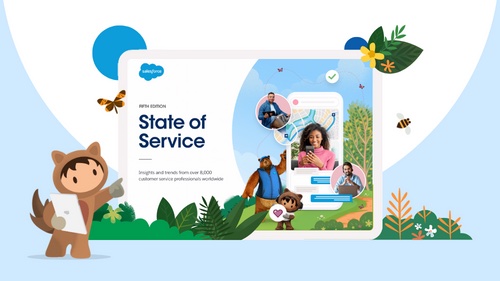
Get your FREE 30-day trial.
Start by selecting a product:
Live chat decreases shopping cart abandonment rates and increases customer satisfaction. So why aren’t you using it for customer service?
Many customers with a question or problem don’t want to go through the hassle of calling a company and potentially being put on hold or transferred to multiple representatives. Live chat can help solve this – it makes seeking help and finding solutions simple for customers, clearing the path to purchase. Here are four ways live chat can change your business.
The customer details in your customer relationship management (CRM) tool can be used to build client profiles and create truly personal live chat experiences. An integrated CRM, with important client information including names, phone numbers, email addresses, social media accounts, IP address, product and/or service purchases and more in one central location, saves time and makes the agents’ jobs easier. Ultimately the clients are happy because they appreciate the personalisation and recognition.
Live chat is much faster and less frustrating than sitting through a phone menu, explaining a problem, and then explaining it again when the first representative doesn’t know how to answer it. Instead, a customer types their question or issue once, and a representative can easily forward it to another more qualified colleague if necessary, without having to put the customer on hold or ask them to re-explain what’s going on.
First-call resolution is the holy grail. But sometimes the first person a customer speaks to can’t solve their specific problem – being transferred when talking to customer service on the phone is common. Thanks to live chat, though, collaboration in the background, instead of transferring a customer around, is simple.
Depending on how smart your CRM is, solving problems quickly and on the first contact could be even easier, with access to the client’s background, interaction history and – if your CRM is really smart – AI-based recommendations.
And when transfers are necessary, they don’t cause friction for the customer. If the first person they’re connected with can’t help them, the representative can quickly forward the information to another who is better equipped to handle the issue. They no longer waste time explaining background yet again. When a customer types their question or problem into the live chat box, you immediately have a written record.
This saves a lot of time and increases productivity by allowing the team to take on more customer service issues at once.
The records of a live chat double as notes of the discussion, so if a customer comes back with a concern at another time, there is a detailed account of the person’s information and previous experiences. This not only allows one service rep to pick up where another left off without the customer experiencing friction, it also saves time in recording accounts of conversations.
There are a few steps you can take before, during, and after adopting live chat to make the process a little simpler. It’s worth it to put in this extra effort to make sure the process is smooth and your customers are happy—they’ll thank you in conversions and loyalty.
Start by finding out what sort of problems your customers might want to discuss and how they prefer to communicate. Do they need to be able to send you screenshots or images during the chat, for example? Do they want to be able to use live chat within your app, rather than outside it?
Then consider what other channels you need to retain – live chat is very convenient, but you will have some customers who want a choice, not be strong-armed into the one channel.
Finally, find out what skills already exist in your team, and complement these with new hires or more training, if needed. Live chat is brilliant for saving your team and the customer’s time, and for making customer service an extension of a positive personalised customer experience, but only if your team can use it well.
Live chat representatives should be trained to be quick and concise and keep the customer’s wants and needs at the forefront. In addition, they should be polite, respectful, and friendly. Once these skills have been mastered you should see improvements in your sales, specifically in the number of people who don’t abandon shopping carts because of a question, concern, or glitch in technology.
Service is no longer just a cost centre – it’s part of an individually personalised customer experience. It must be built around the customer, delivering service on the channel the customer wants it and providing the instant, personalised service they expect. We’re here to help – download our State of Service report and get started.